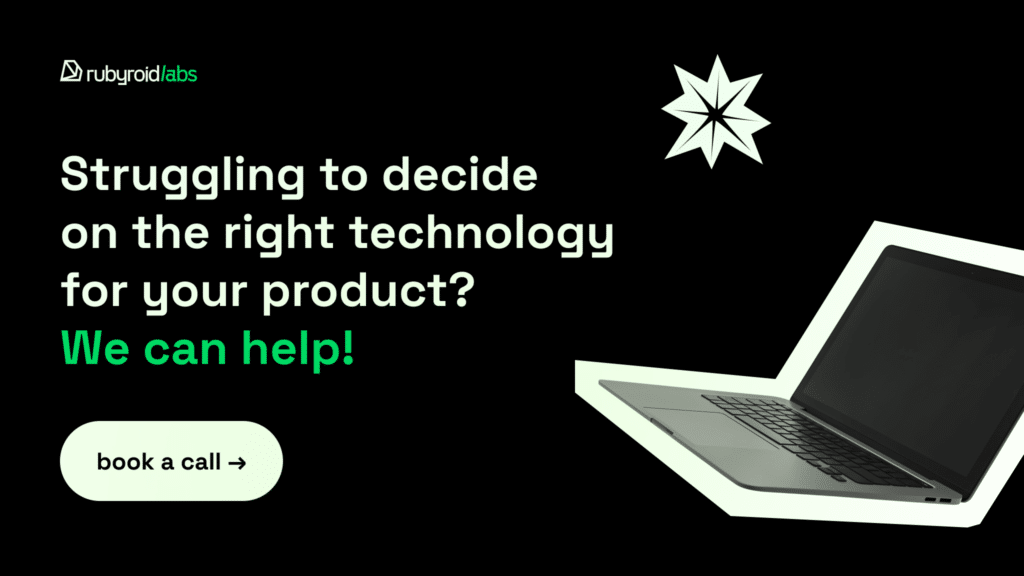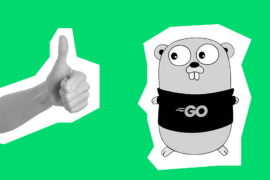Your project may have a great mission and solve real people’s problems, but without modern digital tools, it risks becoming just another good idea lost in the noise.
The tech world shows no mercy to those who ignore modern technologies. Smart project owners who implement new solutions are like skilled F1 drivers speeding ahead in high-performance cars, leaving others crawling behind in their ordinary sedans.
Ready to get inspired? Let’s dive into the game-changing tech trends of 2025 that could make your project special.
We’ll discuss which tech solutions worked in 2024 and reveal the top technology trends 2025.
And if you have a project idea and want to get a professional view of what tech solutions can fit it, drop us a line right away. Our developers bring expertise across multiple industries, from automotive to beauty and fitness, delivering smart and sophisticated digital products.
Contents:
- 2024: Technological Trends That Worked
- Technology Trends 2025: Best Innovations to Apply
- Where Does Ruby on Rails Stand in 2025?
- Final Words
2024: Technological Trends That Worked
What a tech buzz we had last year!
OpenAI dropped GPT-4, and suddenly everyone was talking about AI taking our jobs (spoiler: it does not yet). Another wave of excitement came when Tesla showed off their Optimus robot, and this event made an explosion in social media with robot uprising theories.
Let’s check out the top trends that didn’t just make headlines but turned into practical innovations and are set to continue shaping 2025 and beyond.
1. AI Integration
The adoption of AI-powered assistants, chatbots, and genAI tools increased, and for good reason. Thanks to their ability to analyze large amounts of data, AI can suggest products, services, or even content that match personal preferences and behaviors. This improves user experience, engagement, and satisfaction.
AI has also become a go-to buddy for creating high-quality content faster than ever. With generative AI, it’s easier to develop catchy email campaigns, engaging videos, or design visuals. So, instead of replacing humans’ jobs, AI helps and boosts many creative professions.
As shown in the diagram below, the use of AI in different spheres of life is in quite high demand.
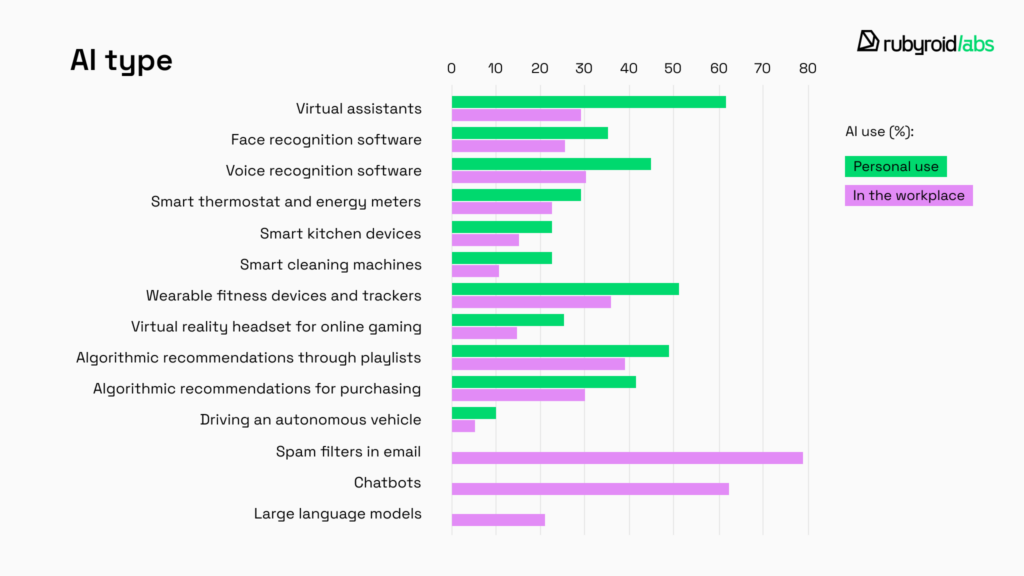
2. Robotics
All we knew about robots was their role in manufacturing and the automotive industries. But now, robots are already helping us in our ordinary lives. Driverless cars serving as taxis, robot couriers delivering food and packages, robot waiters serving meals at restaurants, and even robots designed for routine household tasks are our reality.
3. Blockchain
Blockchain has caught the attention of businesses because of its unique decentralized system that makes financial operations, contract management, and data sharing transparent and secure. In 2024, blockchain proved to be reliable, with successful use cases ranging from cryptocurrency transactions to improving supply chain processes and governmental programs.
For example, by 2024 Dubai (UAE) expanded its blockchain-based initiative, the Dubai Blockchain Strategy, to boost trade processes in order to become a smart paperless government.
Another example is the blockchain-based Mediledger platform, which is used to streamline pharmaceutical supply chains and provides transparency and data protection to partners including pharma manufacturers, distributors, and health systems.
Finally, IBM Food Trust is a food safety and traceability solution widely used by food companies, like Walmart, to track food products through its blockchain-based supply chain.
4. Sustainable Technologies
Green technologies have also moved forward with their carbon-neutral and energy-efficient solutions to help save our planet. The rise of more solar-powered devices and improvements in battery tech have brought real environmental benefits. As the International Energy Agency (IEA) reported in 2024, the world added 50% more renewable capacity in 2023 compared to 2022, and this is just the start of what’s to come over the next five years.
Most of these trends will continue to change industries in tech trends 2025. Let’s move forward and learn the most exciting ones to implement in your project.
Technology Trends 2025: Best Innovations to Apply
After the big boom of AI integration in 2024, artificial intelligence will definitely play an even bigger role in all kinds of software.
Whether it’s AI-powered personalization, big data analysis, or sustainable strategies, AI will keep improving industries and making all processes run more smoothly than ever.
Let’s check out the top technological trends in 2025 to inspire your project ideas.
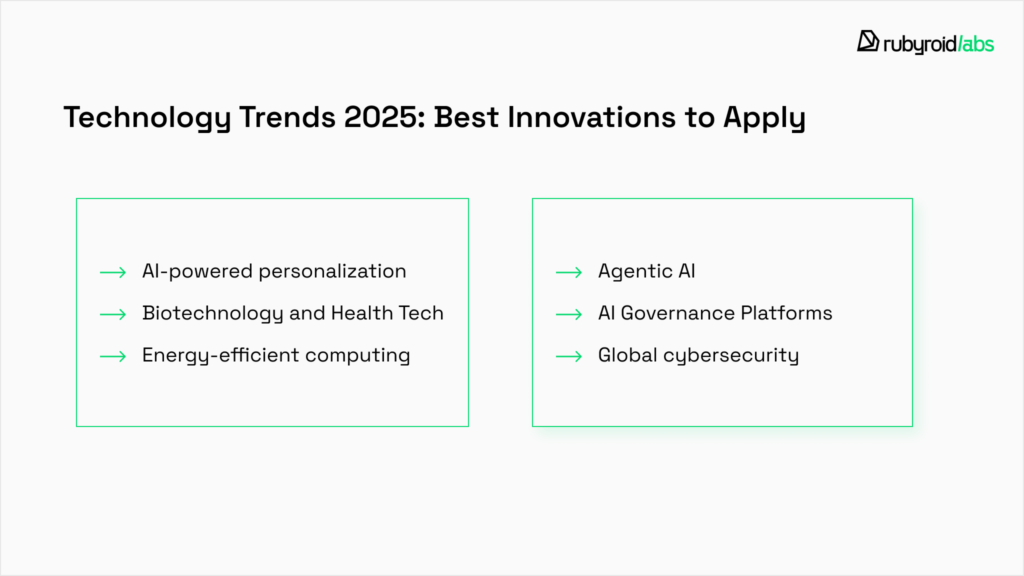
1. AI-powered personalization
When shopping, booking tickets, or searching for information, people love getting personalized recommendations and are more likely to come back for them. With AI assistants, platforms, apps, and systems can give users tailored advice and do way better than traditional websites.
Just imagine how much time you could save by simply inputting your request and receiving relevant answers instead of traditional googling for information. Let’s have a look at some examples.
LinkedIn uses AI-based algorithms to assist users with job searches by recommending relevant companies, professional connections, and career opportunities based on the user’s profile, needs, and activity.
MyVeloFit features an intelligent chatbot that suggests the best-fitting bike to riders using their personal preferences, riding style and preferred bike models. For users with existing bikes, the chatbot provides guidance on proper knee and arm positioning to prevent potential injuries during rides.
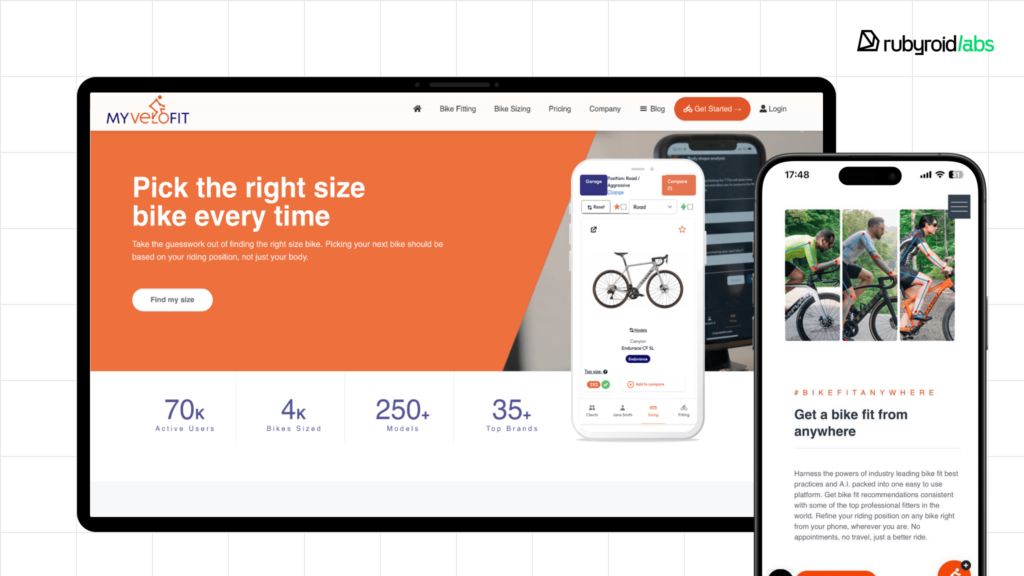
If you have a similar idea or would like to consult with us on integrating AI into your application, get in touch with us or visit our custom ChatGPT integration services page.
2. Biotechnology and Health Tech
Improving the quality of life and finding new solutions to enhance medicine and genetics, agriculture, and even environmental sustainability are the primary goals of biotechnology.
And here are the key points for biotech trends in 2025:
- Precision medicine advances: international companies team up to improve cancer diagnostics and find better treatments for chronic diseases.
- Increased use of AI in pharma: pharma companies are supposed to spend about $3 billion on AI by 2025. The wider adoption of AI in the pharma industry will significantly speed up the discovery of potential drug candidates due to its faster and more efficient processing capabilities. For example, AI tools like ProtGPT2 and ProGen, trained on 45 million and 280 million protein sequences, respectively, can design new proteins for medical treatments.
In health tech, we can also expect growing demand. Modern gadgets like smartwatches, health-monitoring wearables, and digital health tools have already proven their value in managing various aspects of health.
Biosensors in wearables can track metrics such as sleep patterns, stress levels, blood pressure, and even the menstrual cycle. Platforms connected to the gadgets analyze the collected data, send activity notifications or remind of the need to measure blood pressure. By offering real-time insights and reminders, health tech products have made healthcare more precise, accessible, and efficient.
Here are some examples of popular health apps that use this trending technology:
The Glucose Buddy platform helps users with diabetes manage their condition by sending notifications to check blood sugar levels, analyzing weekly reports, and offering support from trained diabetes experts.
NNOXX makes physical workouts safer and more effective for athletes by measuring blood oxygenation (SmO2) and nitric oxide (NO) levels in muscles through a wearable device and AI-powered platform.
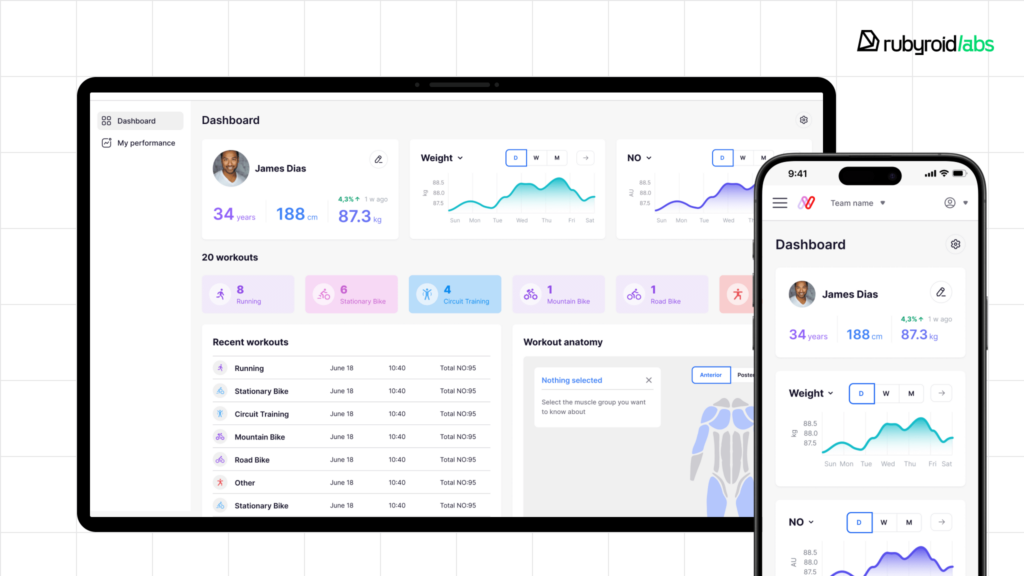
3. Energy-efficient computing
Energy-efficient computing technology is expected to support sustainability by helping hardware and software work more efficiently and smarter.
The main goal is to minimize energy consumption and save power. This tech trend is especially relevant for IoT devices, data centers, and industries open to sustainability and eco-friendly operations.
The following practical examples show how energy-efficient technologies really work and help reduce fuel consumption and carbon emissions.
An example of Remondis demonstrates how the company succeeded in optimizing fuel waste in their glass container collection by implementing laser sensors on the containers to indicate their capacity.
Carbon Aware Computing founders developed a solution to reduce carbon emissions made by hardware. Their platform minimizes emissions by scheduling computing tasks during periods when renewable energy is most available on the power grid.
4. Agentic AI
The integration of agentic AI is predicted to become a leading trend. Although still at the experimental stage, the technology is predicted to become ‘the third wave’ of adopting AI, which could become a revolution.
The integration of agentic AI is predicted to become a leading trend. Although still at the experimental stage, the technology is predicted to become ‘the third wave’ of adopting AI, which could become a revolution.
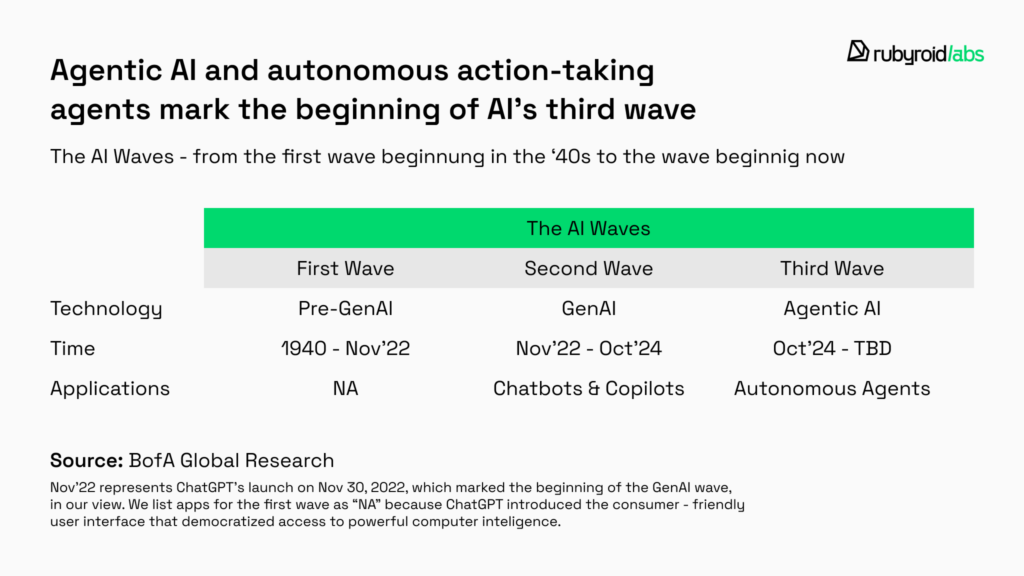
Programs with this technology implemented can save users time and effort by handling repetitive or low-priority tasks. The artificial ‘brain’ can figure out situations, predict what you need, and take actions or solve problems autonomously.
While “agentic AI” in its full sense is still a frontier of AI research, some companies are implementing task-specific autonomous AI agents to handle complex workflows, make decisions, and execute tasks without continuous human intervention.
For instance, AlphaGo AI agents by Google’s DeepMind can create strategies and make autonomous moves in Go gameplay without human guidance.
Tesla’s Autopilot, a smart autonomous AI-driven driving system, is still controlled by humans but has already advanced in real-time decision-making, including navigation, speed adjustment, and avoiding obstacles or traffic-heavy routes.
5. AI Governance Platforms
As the adoption of artificial intelligence grows, the technology needs to be managed to ensure AI models are developed, deployed, and used responsibly while staying aligned with regulations, ethical standards, and organizational goals.
This is where AI governance platforms come in: they assist enterprises in monitoring AI systems, identifying and addressing issues, and maintaining control, therefore avoiding risks such as bias, a lack of transparency, and abuse.
Let’s turn to some existing examples of this technology.
The anch.AI platform helps organizations use AI responsibly by spotting ethical and legal risks and making sure they comply with rules like the upcoming EU AI Act. It provides tools for checking, assessing, fixing risks, auditing, and reporting to keep AI aligned with company values.
Holistic AI provides organizations with tools to build trust in AI systems by identifying risks, ensuring compliance with EU regulations, monitoring advancements in AI, and conducting audits to address issues like bias, robustness, and transparency.
6. Global cybersecurity
As the use of various technologies continues to grow, both individuals and businesses face challenges in protecting their personal data and safeguarding their brand reputation. Unfortunately, data breaches and fraud attacks remain persistent threats.
In 2024, numerous enterprises, including global corporations like Amazon, Starbucks, and Ford, faced data breaches with global damages exceeding $4.88 million globally. This is 10% higher than in 2023.
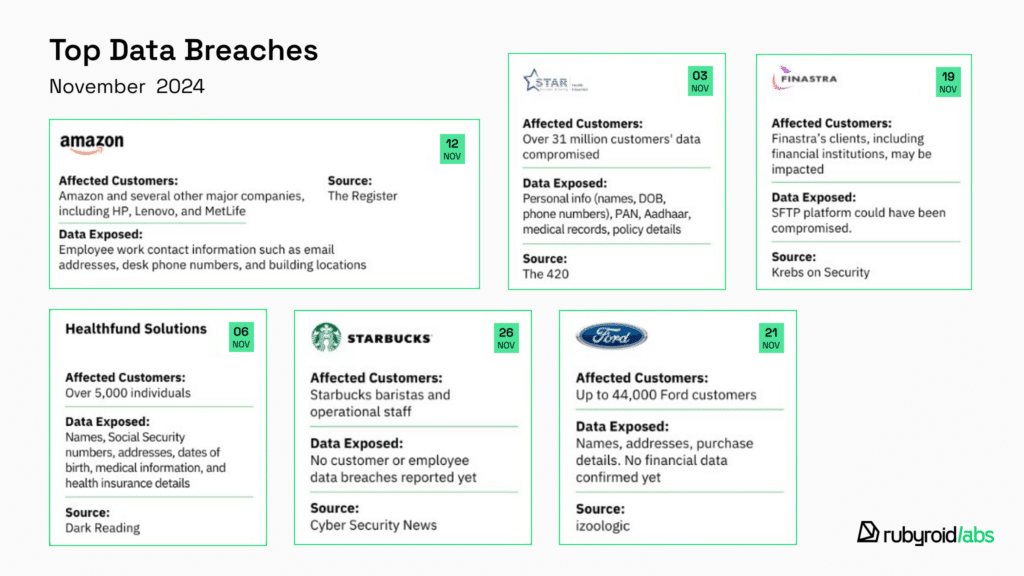
So, in 2025, we expect a stronger focus on improving encryption methods, AI-driven threat detection, and other cybersecurity technologies to deal with these global concerns.
Some companies are already using AI in data protection.
Microsoft Defender uses advanced threat detection, AI, and machine learning to identify and prevent cyberattacks in real time.
CrowdStrike detects and prevents sophisticated threats such as ransomware and fileless attacks by leveraging artificial intelligence and behavioral analysis.
We enumerated the brightest tech trends 2025 that can be implemented into your digital product. Using some of them will give you an advantage over others in your niche, as you’ll be able to meet the needs of your audience and deliver better services.

Where Does Ruby on Rails Stand in 2025?
As a Ruby on Rails company, we can’t skip discussions of its relevance in 2025.
There’s been a lot of chatter online about RoR’s losing popularity because of the rise of many other programming languages and frameworks. However, despite the constant yearly rumors about RoR’s decline, the number of new Ruby projects has remained stable since 2013.
Moreover, GitHub, Shopify, Airbnb, Koinly, and Babbel use Ruby on Rails and expand their RoR teams.
Yes, the tech market is packed with tools. But the purpose is what matters most. The “right” tech stack always depends on your project’s specific needs and goals.
Ruby on Rails is a big, stable, and full-stack framework built for smooth and fast development of clean and easy-to-maintain backends. Thanks to its “convention-over-configuration” philosophy and a vast ecosystem of tools, Rubyists can focus on building features instead of wasting time on repetitive tasks.
So, with Ruby on Rails, you can cover a variety of your development needs. The most common are the following:
- Web Development: build dynamic, feature-rich, and user-friendly web applications and websites.
- Fast MVP Development and prototyping: test the ideas through quick development of MVPs, which is ideal if you are a startup or a business owner looking to check your concepts.
- API Development: create scalable and robust APIs if you want to power multi-platform apps or seamlessly integrate with existing systems.
If you check Google Trends, you’ll see that demand for Rails has been stable and even growing since 2022. The framework saw a slight drop in usage during the pandemic, but that only lasted for about a year.
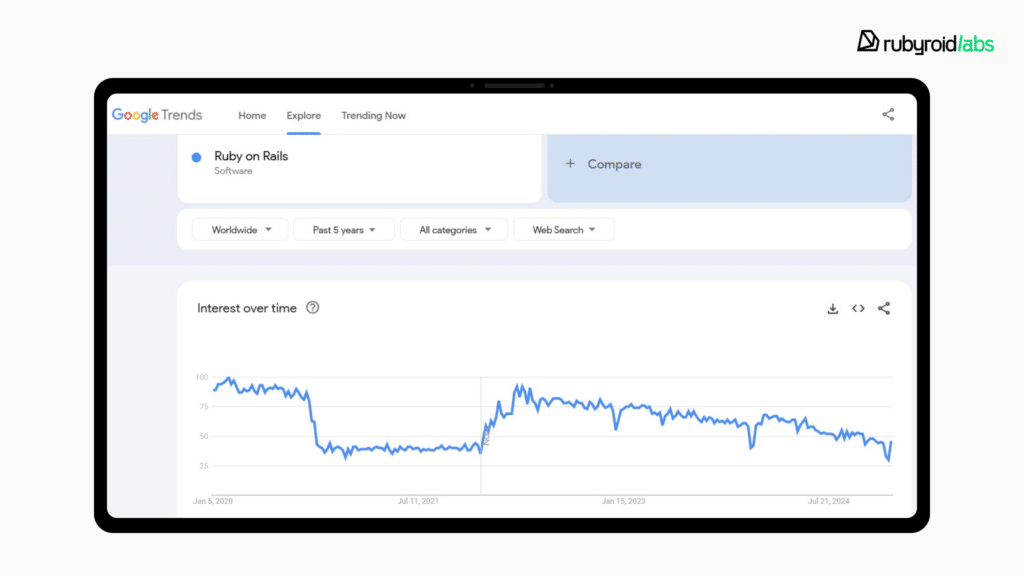
Even though Ruby on Rails isn’t as popular as JavaScript and its ecosystem in the tech world, it is still widely used and highly reliable.
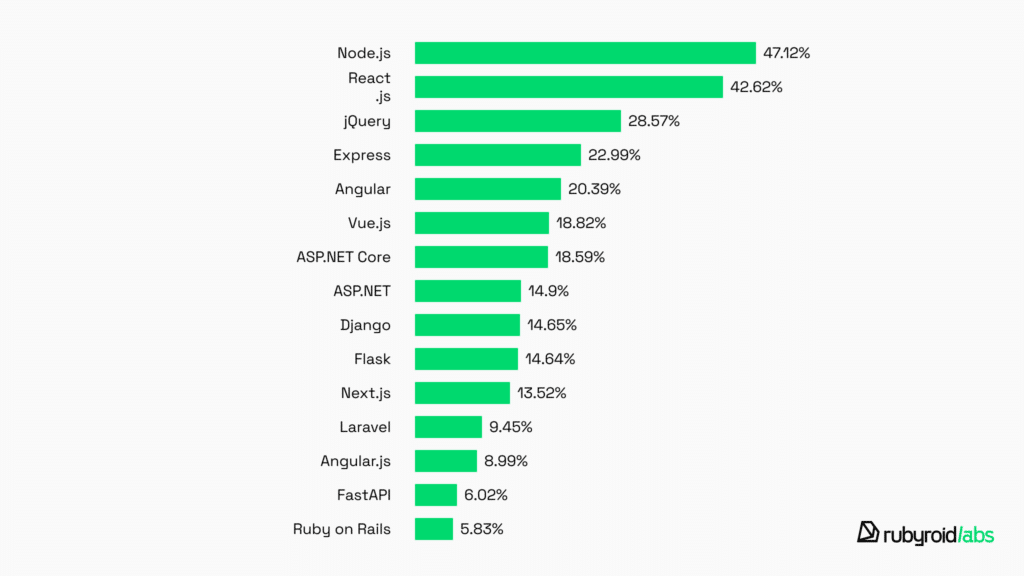
Moreover, the release of Ruby on Rails 8.0.1 in December 2024 shows that the framework is alive, well, and constantly evolving.
At Rubyroid Labs, Ruby on Rails development services continue to be a top choice for our clients. Following closely behind are AI integration services and UI/UX design services.
Here’s what Pavel, our VP of Business Development, has to say:
“Although Ruby on Rails doesn’t rank at the very top of global programming charts, it still holds a strong niche. This gives us confidence in its stable demand for project development in 2025.”
Thus, Ruby on Rails is timeless—it’s never really in or out of trend, but it’s a powerful tool for implementing trendy technologies.
Final Words
The global software trends 2025 highlight what the world will be focused on. Whether it’s AI revolutionizing industries, creating a sustainable future, or transforming healthcare, these trends are all about solving real-world problems that matter.
Applying these technologies into your project can boost its value and allow you to reach a larger audience. However, making it happen requires thorough planning and technical expertise.
Integrating these emerging technologies into your project can significantly enhance its market value and attract a broader audience. However, successful implementation requires thoughtful planning and technical expertise.
Get in touch with us! We are ready to book a consultation with you to help you:
- Figure out which technologies fit your goals and needs best.
- Build a clear plan and roadmap to make it all work.
- Create solutions that actually make a difference for your users.
At Rubyroid Labs, we love turning great ideas into real products that solve problems and stand out in the market. Let’s team up and make something amazing together!
